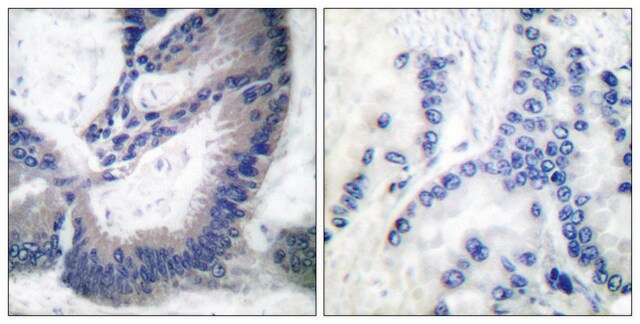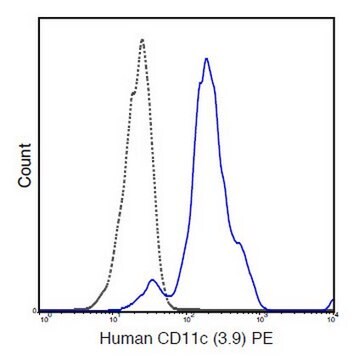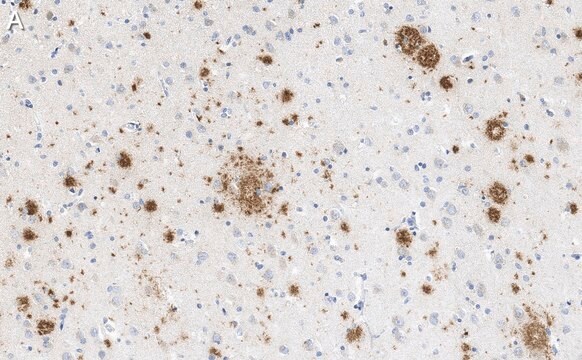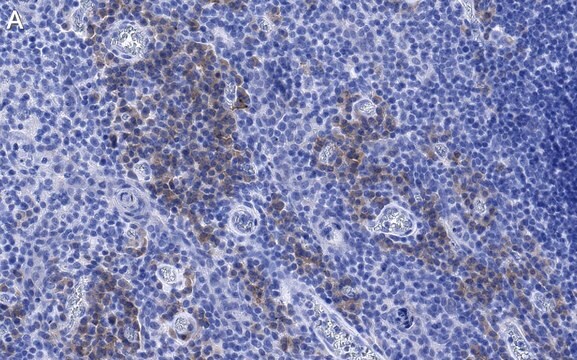CBL1512
Anti-Integrin αM [CD11b] Antibody, clone OX-42
clone OX-42, Chemicon®, from mouse
Synonym(s):
CD11b
About This Item
Recommended Products
biological source
mouse
Quality Level
antibody form
purified antibody
antibody product type
primary antibodies
clone
OX-42, monoclonal
species reactivity
rat
packaging
antibody small pack of 25 μg
manufacturer/tradename
Chemicon®
technique(s)
flow cytometry: suitable
immunohistochemistry (formalin-fixed, paraffin-embedded sections): suitable
immunoprecipitation (IP): suitable
isotype
IgG2a
NCBI accession no.
UniProt accession no.
shipped in
wet ice
storage temp.
2-8°C
target post-translational modification
unmodified
Gene Information
rat ... Itgam(25021)
Related Categories
General description
Specificity
FUSION PARTNER: NSO myeloma cell line.
Immunogen
Application
Cell Structure
Integrins
Physical form
Storage and Stability
Analysis Note
Brain tissue
Other Notes
Legal Information
Disclaimer
Not finding the right product?
Try our Product Selector Tool.
Storage Class Code
10 - Combustible liquids
WGK
WGK 2
Flash Point(F)
Not applicable
Flash Point(C)
Not applicable
Certificates of Analysis (COA)
Search for Certificates of Analysis (COA) by entering the products Lot/Batch Number. Lot and Batch Numbers can be found on a product’s label following the words ‘Lot’ or ‘Batch’.
Already Own This Product?
Find documentation for the products that you have recently purchased in the Document Library.
Our team of scientists has experience in all areas of research including Life Science, Material Science, Chemical Synthesis, Chromatography, Analytical and many others.
Contact Technical Service![Anti-Integrin αM [CD11b] Antibody, clone OX-42 clone OX-42, Chemicon®, from mouse](/deepweb/assets/sigmaaldrich/product/images/658/396/c01fc480-dd82-42b9-9735-b53d97a11b17/640/c01fc480-dd82-42b9-9735-b53d97a11b17.jpg)








